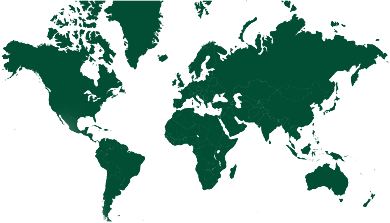Dataset
2023 • Swedish University of Agricultural Sciences (SLU); Research Institutes of Sweden (RISE); Linköping University; Stockholm Environment Institute (SEI) Egestabase
Egestabase is an online evidence platform designed to comprehensively map scientific research and implementation examples on the recovery and reuse of nutrients from human excreta and municipal wastewater. The platform enables users to navigate research literature and practical examples, providing insights into circular nutrient solutions and their applications in agriculture. Its goal is to simplify access to growing research, facilitate decision-making, and promote nutrient circularity in water, soil, and food systems.
Recovered Materials & Products
Biogas
Nutrients
Fertilizer
Compost
Digestate
Waste Streams
Faecal sludge
Wastewater
Organic solid waste
Confirmed countries
Germany


What is this tool intended for?
Egestabase is intended to aid researchers, policymakers, and practitioners by providing a centralized database to explore evidence on nutrient recovery solutions. It bridges knowledge gaps in the growing field of sustainable nutrient management and reuse.
How does this tool work?
The platform categorizes research and practice into dimensions such as source, technology, product, reuse, and target. Users can explore over 15,000 indexed research papers and implementation projects, filtered by thematic and bibliographic tags.
Who might use this tool and with which types of stakeholders?
Egestabase is useful for academics, water and sanitation professionals, agricultural practitioners, and policy advisors seeking evidence on nutrient recovery systems.
What stages of a process can this tool support?
The database contains resources that can support all stages from research and development to implementation and evaluation of nutrient recovery projects.
What skills, capabilities, and resources are required to use this tool?
Users need a basic understanding of nutrient recovery concepts. Familiarity with database navigation and evidence evaluation is helpful.
Where can this tool be used?
Globally, with initial practice examples mapped in Sweden.
Get the Tool
Technologies
Composting
Anaerobic digestion
Ammonia stripping
Hydrothermal liquefaction
Hydrothermal carbonization
Membrane separation
Themes
Assessment
Design
Capacity building